When Samsung first debuted their foldable phone, it seemed like a novelty and we didn’t expect the trend to last, but fast forward to today, Samsung has since pushed out multiple models over the years and they are expected to follow up with new models this year as well.
Several other companies like Oppo, Vivo, and Motorola have also followed suit with their own models. All of this seems to suggest that moving forwards, foldable phones could be the new standard in terms of smartphone design, right? But we don’t think so and here’s why.
Price is everything
The problem with the majority of foldable phones is its price. Save for the flippable phones which for the most part are priced similar to a regular flagship, foldable phones that can transform into tablets are outrageous in terms of pricing.
For example, Samsung’s Galaxy Z Fold 4 is priced at $1,800. Even Google’s upcoming foldable Pixel phone is also said to be priced similarly. With many finding traditional flagships too expensive already, we imagine that asking someone to pay close to $2,000 for a foldable phone is simply out of the question, meaning that the adoption rate of foldables will have a hard time catching up to regular phones.
We can’t really blame OEMs for the pricing either. Foldable display tech is still relatively new and as such, the cost of manufacturing and the components is still pretty high. Chances are these prices will stay that way until these devices find mass adoption, in which economies of scale will kick in and prices will go down.
But then we find ourselves in a chicken and egg situation, where if people aren’t willing to pay for a foldable, companies like Samsung won’t have a reason to produce them on a large enough scale to bring the prices down.
The form factor isn’t necessarily for everyone
Putting aside price, another reason why foldables won’t become the new standard is because of its design. In concept, a phone that can transform into a tablet sounds pretty amazing. It’s like having two devices in one, but then we have to ask, does everyone even want a tablet to begin with?
While tablets have their use, it’s not necessarily for everyone. Those who want a tablet would have gotten one already. Plus, the display aspect ratio of foldables is different from that of a tablet, which means that in some cases, a tablet might actually be better for things like watching movies, editing photos or videos, and so on.
Plus, let’s face it, Android’s UI when it comes to tablets does leave something to be desired. This also means that not all apps might be optimized for the aspect ratio of foldable phones, so users may never get the full and optimal experience when it comes to apps.
Could lead to better things
That being said, this doesn’t mean that foldable phones and foldable displays are completely useless. The fact that more manufacturers are hopping on board the bandwagon suggests that there is a demand for such devices (to a certain extent), but even if foldables don’t become the new standard, it’s not the worst thing in the world.
If anything, we could think of foldable phones as being a stepping stone of sorts. We’ve seen this played out multiple times over the years. For example, the Razer Phone was the first gaming phone with a 120Hz display, and while Razer might have abandoned the device, it has led to the creation of phones with better cooling systems, better software that’s optimized for games, and it has given us more phones with faster refresh rates.
Another good example would be phones with fingerprint scanners. Motorola has been credited as being the first company to introduce the feature to their phones way before Apple did, but they might have been ahead of their time as it didn’t quite work out, but today fingerprint scanners have become the new standard of mobile security.
Last but not least, HTC was also one of the first phone makers to introduce a dual camera system in their phones with a sensor that captures depth perception data that allowed users to adjust focus after the photo was taken. These days, portrait mode is a standard feature from any smartphone, ranging from budget to high-end.
This means that while foldables won’t become the new standard in terms of design, we might see its tech (or parts of its tech) trickle down to future devices and could even go beyond smartphones. We could see it used in wearables, used in computer monitors, laptops, automotives, and more, but what say you? Do you think that foldables will one day replace our current phones?
- Flexible Display: The Galaxy Z Fold4 features a foldable AMOLED display that can stand on its own for hands-free video calls...
- Smartphone Controls: With Flex Mode, you can use your smartphone as a smartwatch and control your music playback.
Note: this article may contain affiliate links that help support our authors and keep the Phandroid servers running.

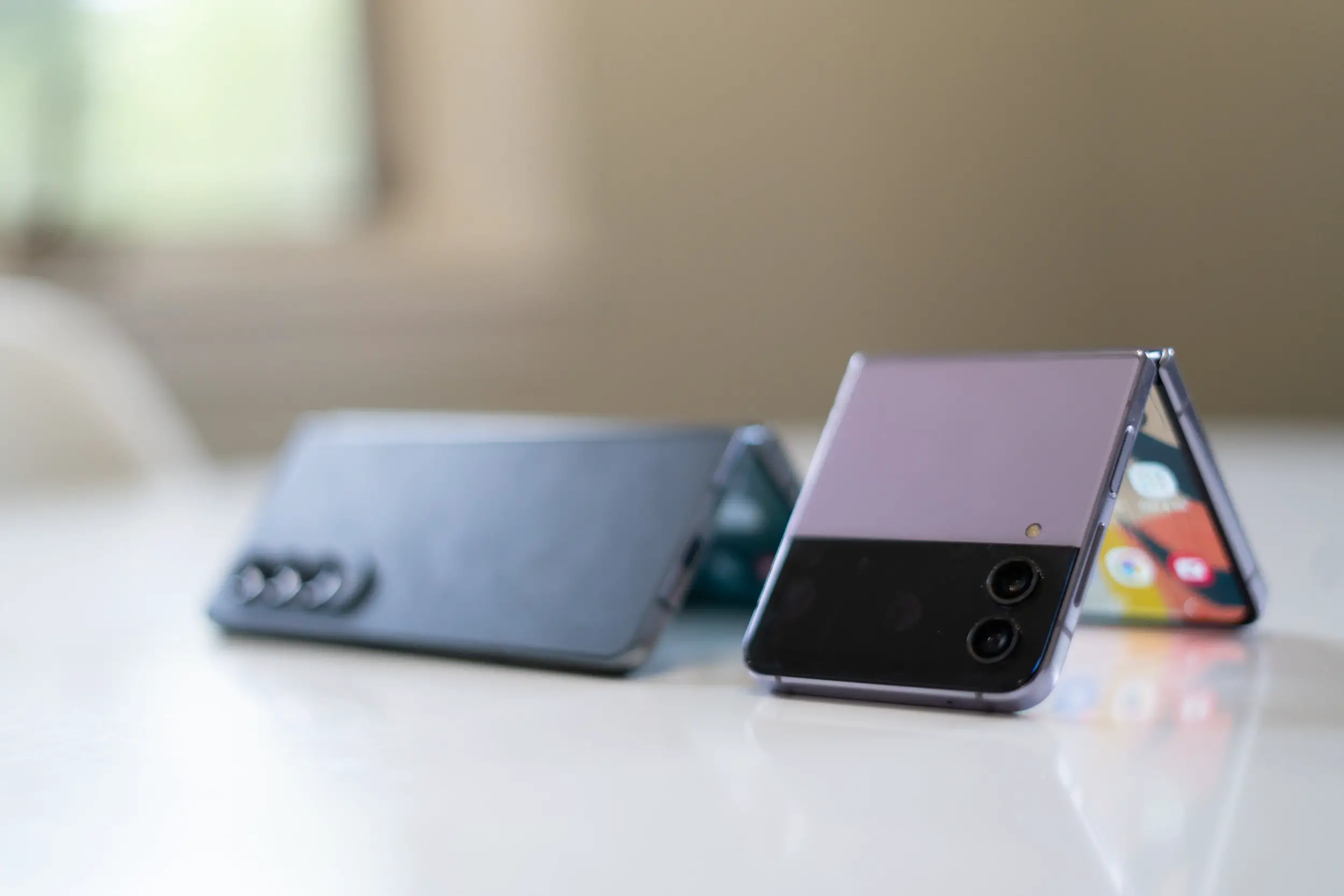
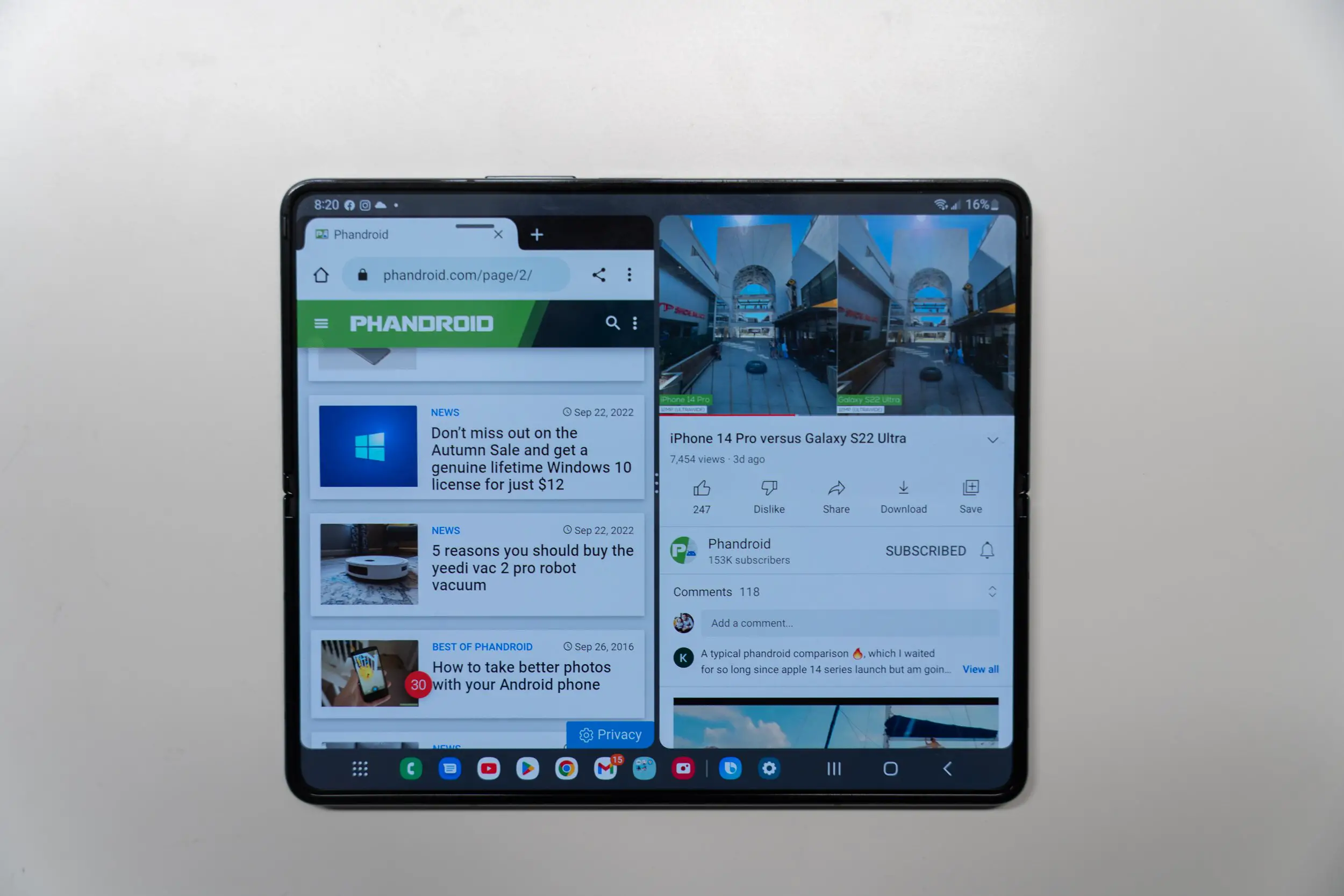
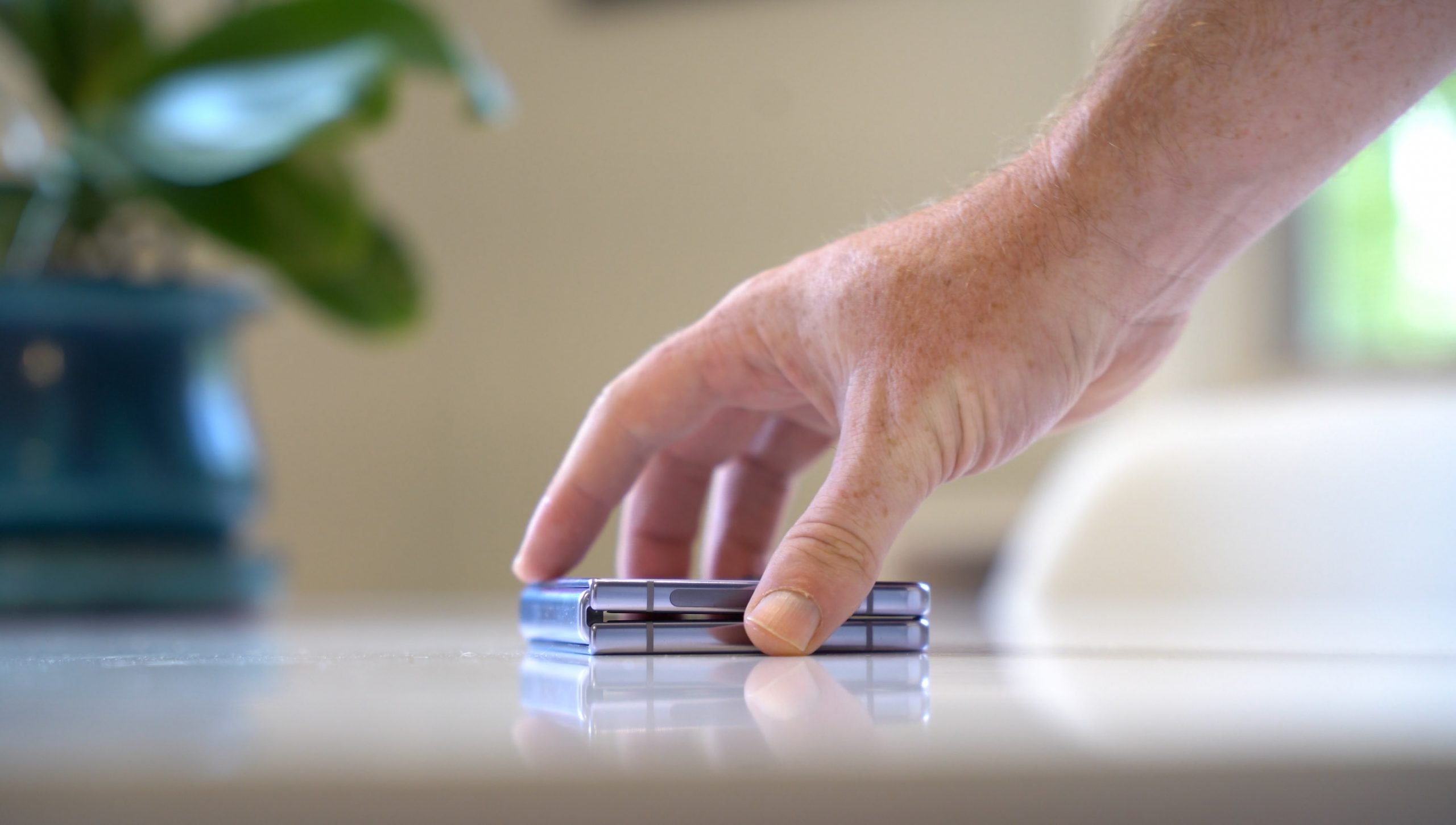
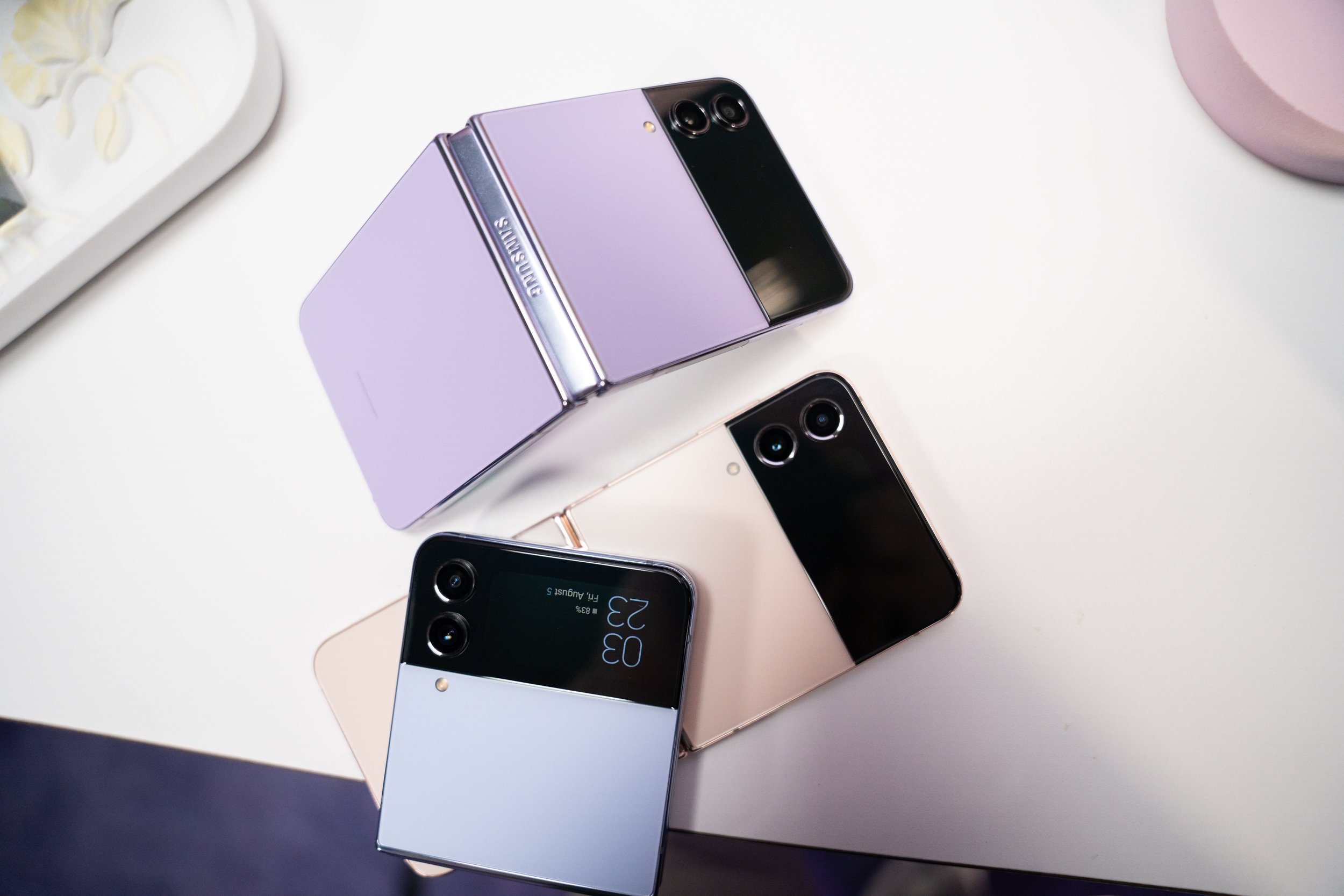


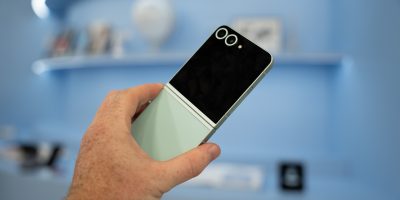

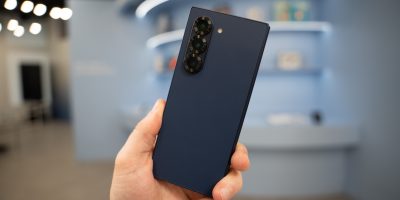





Comments